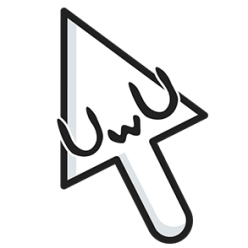Zbrush
Why Zbrush? Due to the ability to sculpt with millions of polys with little to no deterioration of computer speed, Zbrush also comes with many ways to retopologise my mesh including both automatic and manual functions.

Once I entered Zbrush I divided all of my parts into subtools, which gave me more control over how I wanted to sculpt each area.

I subdivided my geometry into a higher subdivision so there were more planes to work with, also using DynaMesh to let me add in and sculpt in higher detail without disrupting the mesh. DynaMesh is a tool in ZBrush that allows you to change a model’s shape and then immediately recalculate an optimal topology for the new mesh. Working with DynaMesh removes many restrictions, letting you change your model’s shape drastically, cut it apart, or reassemble it into different seamless configurations.

The brushes I used most were the move brush and clay buildup. The move tool allowed me to transform the shape of my mesh and clay buildup allowed me to “add more clay” to my mesh, this made my mesh fuller where I wanted it to be. With the square alpha, it adds in a tree-like natural texture. However, there was an issue with clay buildup when my branches or roots were thin at the end, since clay buildup would affect faces on the opposite side of the mesh, making the model distorted. I had to tweak the settings within clay buildup to create my own version of clay buildup. “MyClayBuildup1” made it much easier to sculpt and build clay upon the model without it pulling on the opposite face.

I wanted to build the leaf blobs on Zbrush but soon realised that this way is going to take really long, as I will then have to unwrap every single leaf blobs’ UV map because they are all different meshes. Therefore, I decided to do this process in Maya, as I am not sculpting in high detail for my leaves.
Decimation and Zremesher

After sculpting all the details, I had to decimate my model because of how high the polygon count was. Decimation reduces the polygon count of your models in a very efficient way while keeping all their sculpted details. This solution is one of the fastest available and is able to optimize my high polycount models from ZBrush, allowing me to export them to Maya. The quickest and most simple way to retopologise a model is to use ZRemesher. ZRemesher focuses on retopologising meshes resulting in producing fewer polygons with better accuracy.
